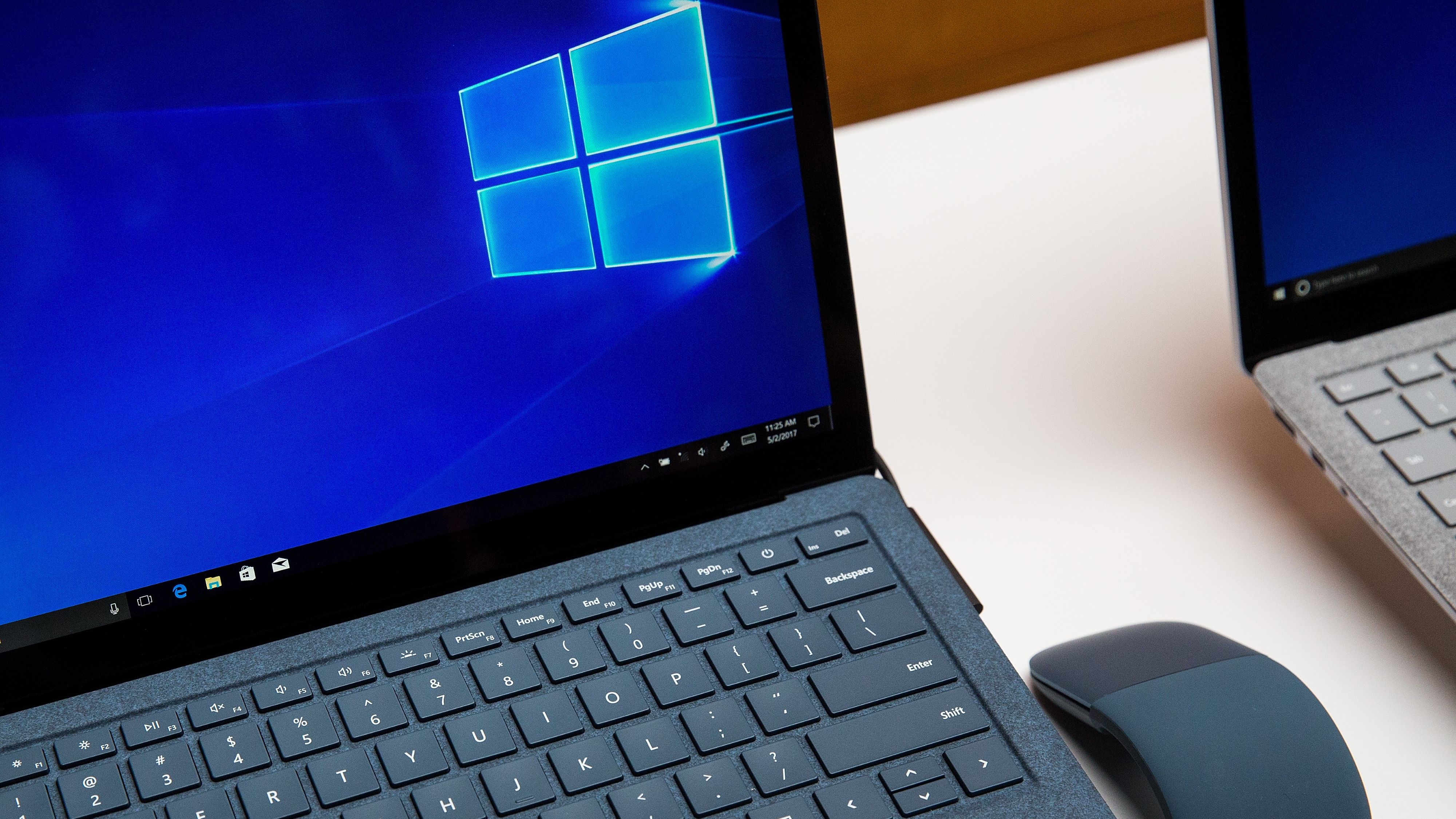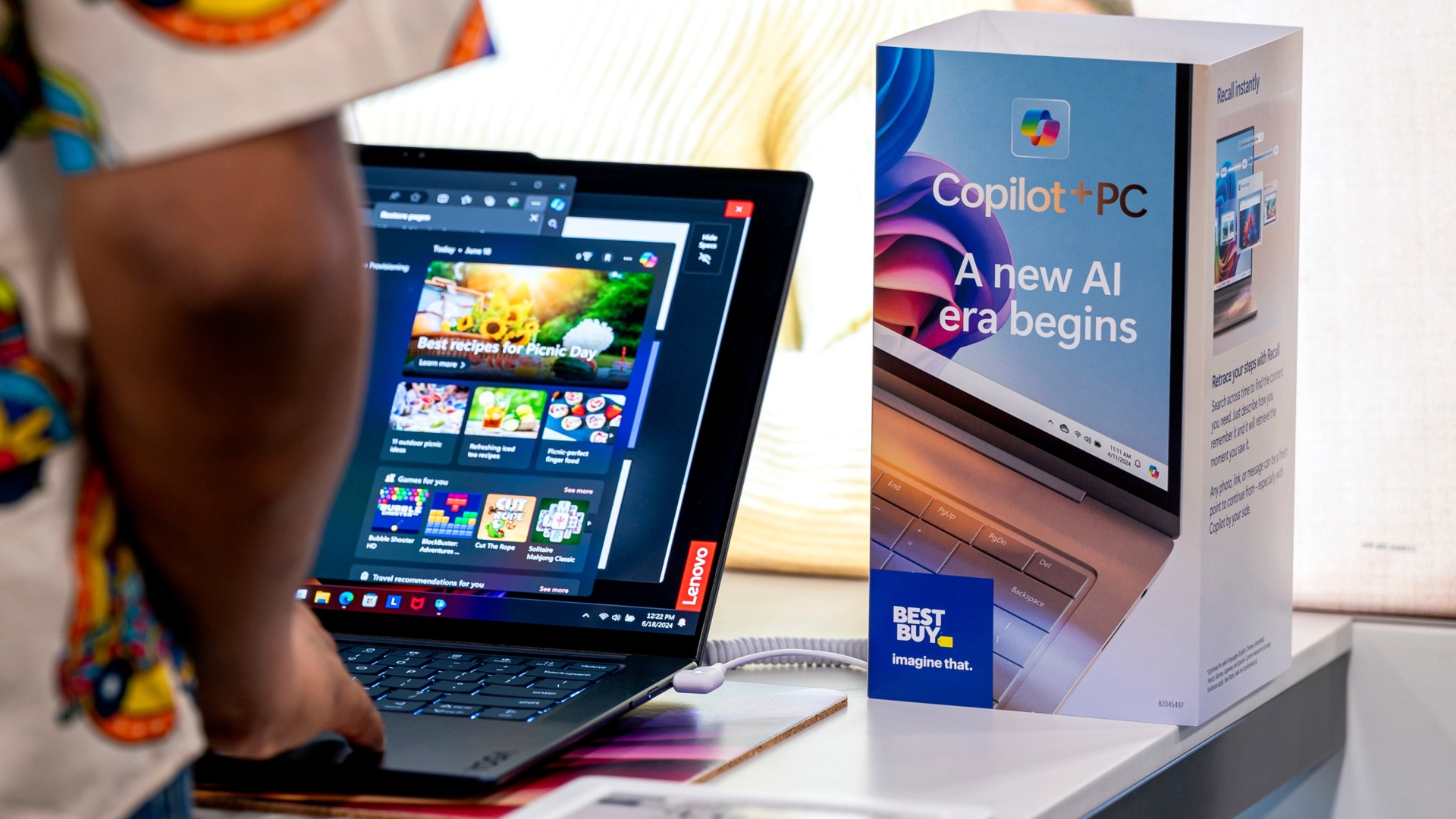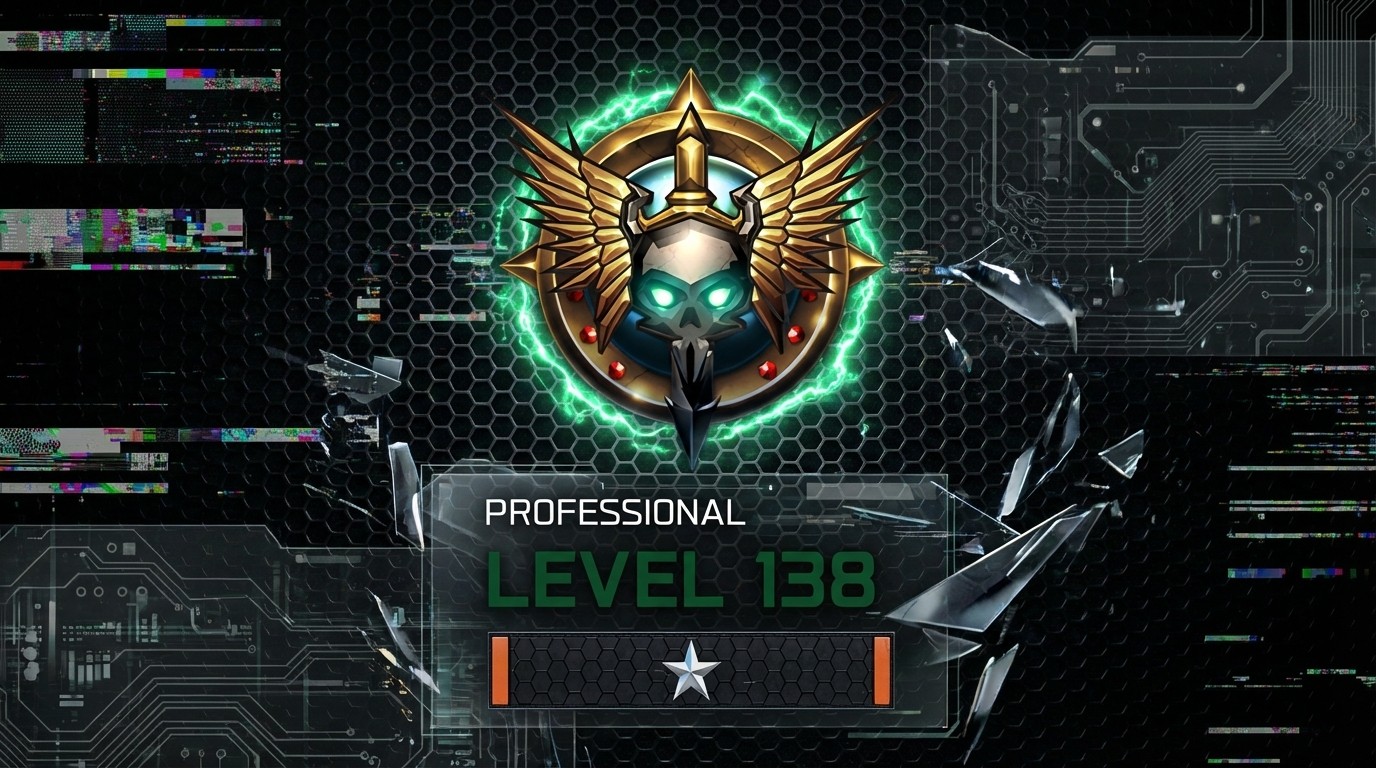Microsoft's extra year of Windows 10 security updates isn't a "viable solution" for the 400 million PCs that can't upgrade to Windows 11 — "It's obvious users are frustrated and feel yanked around."
Public Interest Research Group (PIRG) wants Microsoft to provide longer support for Windows 10.

Windows 10 users are stuck in a pickle (to put it mildly) as Microsoft's end-of-life deadline for the operating system edges closer, due on October 14, 2025.
The move has received backlash from users, prompting a Public Interest Research Group (PIRG) to petition the decision, asking Microsoft to reconsider cutting support for Windows 10 as it would hurt its sustainability goals. The group indicated that Windows 10's death will lead to "the single biggest jump in junked computers ever."
The software giant seemingly listened to the woes of Windows 10 users and recently extended the operating system's lifeline beyond the cutoff date. Windows 10 will continue receiving security updates from Microsoft for free beyond October 14, 2025, but there's a catch.
Users leveraging the extended lifeline must sync their PC settings data with the cloud via a Microsoft Account. Still, one reason preventing most Windows 10 users from upgrading to Windows 11 is Microsoft's stringent system requirements.
Microsoft is already committed to developing and deploying security updates for Windows 10 for at least three years through their ESU program. The decision to restrict those security updates behind a paywall is a business decision, not a technical one.
Lucas Rockett Gutterman, Campaign lead for Designed to Last at the Public Interest Research Group (PIRG)
While Microsoft's new extended lifeline for Windows 10 will grant users access to free security updates for an entire year, PIRG says this isn't enough still. While speaking to The Register, Lucas Rockett Gutterman, who leads the "Designed to Last" campaign for the Public Interest Research Group (PIRG) (via TechRadar):
"Microsoft's new options don't go far enough and likely won't make a dent in the up to 400 million Windows 10 PCs that can't upgrade to Windows 11."
Aside from syncing your PC settings to the cloud via Microsoft's Azure service, Windows 10 users can either redeem 1,000 Microsoft Reward points or pay $30 for extended security updates (ESU).
All the latest news, reviews, and guides for Windows and Xbox diehards.
According to Gutterman:
"Microsoft has already made some concessions after public pushback: providing ESU for individuals for the first time, affordable pricing for schools, and now their new OneDrive option. What they haven't done is commit to automatically providing longer support for Windows 10 or loosening the hardware requirements for Windows 11."
"It's obvious that users are frustrated," added Gutterman. "They feel yanked around and don't think this [latest] announcement provides a viable solution."
Windows 11 is becoming synonymous with Copilot+ PCs, while Linux is now a real threat
It's been a hot minute since Windows 11 first shipped, but it has struggled to gain broad adoption, again, predominantly due to its stringent system requirements, flawed system elements, and more.
However, as Windows 10's imminent death edges closer, Windows 11 is seemingly gaining some traction, with a 47.73% of the global Windows market share in June compared to Windows 10's 48.92%. This means that it is only a matter of time before Windows 11 dominates the category.
However, Microsoft clearly prefers users upgrading to Windows 11 to settling for available options that will allow them to continue receiving important security updates on Windows 10. The tech giant is even using Windows 10's imminent death to push Copilot+ PC sales, touting their AI-enhanced capabilities and features, including Windows Recall, Click To Do, and improved Windows Search.
The tech giant has even made bold claims that "Windows 11 PCs are up to 2.3x faster than Windows 10 PCs," but that is a bit of a stretch because it compares dated processors with modern hardware that ships with sophisticated technology.
Interestingly, a group called End of 10 has been pushing for users to transition to Linux as Windows 10's end-of-life approaches. Its campaign encourages Windows 10 users to ditch the Windows ecosystem entirely and switch to Linux with their outdated devices. The small group is using a lack of ads and telemetry tracking as the key selling points to get users to make the transition.

Kevin Okemwa is a seasoned tech journalist based in Nairobi, Kenya with lots of experience covering the latest trends and developments in the industry at Windows Central. With a passion for innovation and a keen eye for detail, he has written for leading publications such as OnMSFT, MakeUseOf, and Windows Report, providing insightful analysis and breaking news on everything revolving around the Microsoft ecosystem. While AFK and not busy following the ever-emerging trends in tech, you can find him exploring the world or listening to music.
You must confirm your public display name before commenting
Please logout and then login again, you will then be prompted to enter your display name.

